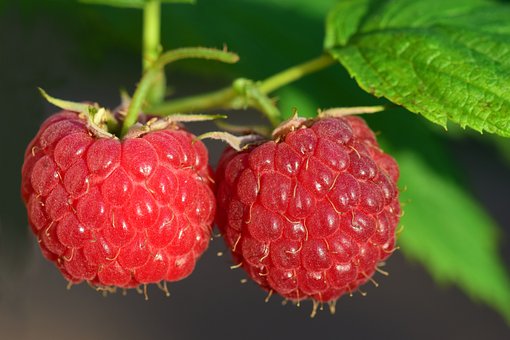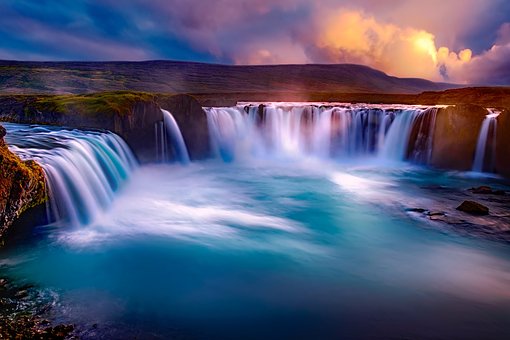This past weekend, the district held its cross country regionals out in the same area they had the last race. It's just past the new dump, out near the turn taking you toward the Bible camp or back to town the long way. I took a picture facing towards town. If you look carefully, you can see the bay, the land that curves all the way around and the windmills. There are several students waiting for the races to begin. It was a bit damp but not bad. The weather began around 43 degrees with a light wind but as the morning progressed, sprinkles of water began. The district provided a tent with hot chocolate, coffee, bananas, and oranges.
The above photo is looking back from the tent, towards the mountains. You can see the road that takes people the long way back to town. The pole there, just in the forefront marks the beginning of the race. Regionals had three races. The first were the boys, who ran down the road towards town but they turned off to run twice around a loop off into the countryside before running past the starting line to the finish.
The winning time for the high school boys race was 20 minutes and 7 seconds with second and third just a few seconds between them. The slowest runner took almost 35 minutes to finish the course but he did it. Those of us volunteering at the finish line cheered him in as if he were arriving in first place.
Most schools had a few runners each but my school had one high school boy and two high school girls. The high school girls began arriving after 24 minutes but again the first few positions were quite quick. The last group were both the middle school boys and girls with a couple of coaches running in the open division. One coach ran side by side with one of his boys while the other two coaches ran for themselves but both took care they did not come in first.
State cross country is next week and I don't know if any of the students from my school will go since none of them were in the top three positions. The important this is that every child completed the run. A couple took a while but they were cheered in as much as those who arrived in first place.
We can't go very late into the year because snow can arrive early. Just last week, the hills received a light dusting of snow but we are at the time when its not quite cold enough to get much snow so instead we get tons of rain.
I hope you enjoyed a few views of the area surrounding town and a bit of info on the regional cross country. Let me know what you think, I'd love to hear. Have a great day.

































